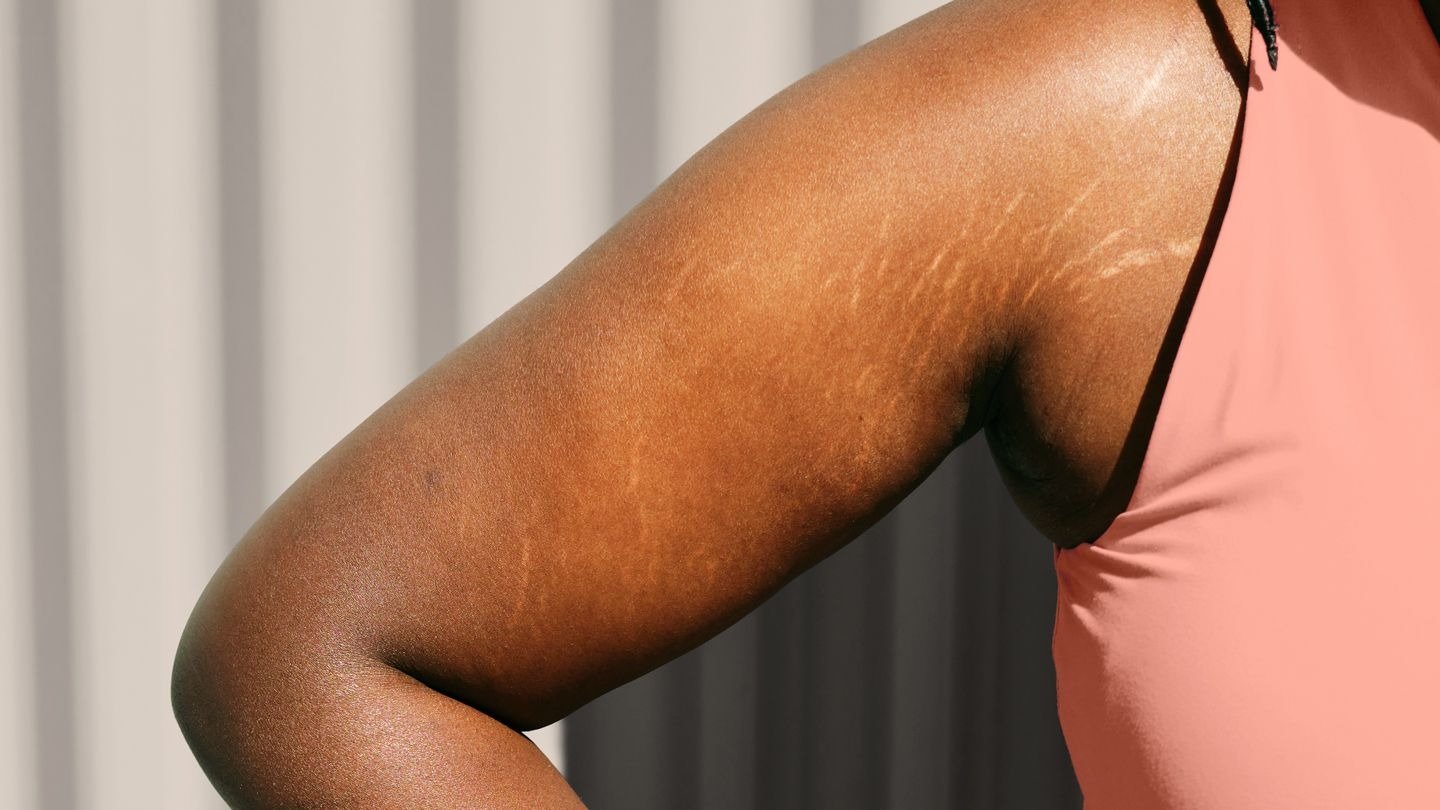Skin Renewal: Beyond the Surface
There is a quiet elegance in rituals of care, be it the slow, measured brewing of morning coffee or the deliberate attention given to a well-worn leather shoe. Skincare, too, deserves this level of reverence. Not merely a perfunctory act of cleansing, but an invitation to restore, refine, and understand the body’s ever-changing landscape.
Yet, not all skin concerns are created equal. The human body, so adept at renewal, sometimes falters, leaving behind stubborn patches of thickened, darkened skin, most often at the nape of the neck, the underarms, or the wrists. A reminder, perhaps, of unseen rhythms beneath the surface. These areas, often misunderstood or dismissed as a matter of hygiene, tell a more complex story. One that is as much about metabolic whispers as it is about the delicate choreography of skin regeneration.
A Story Written on the Skin
Our skin regenerates in a steady rhythm, shedding old cells in a silent, unceasing cycle every 28 days. Yet, for some, this process slows, leaving behind rough, darkened patches, shadows of cells that have clung too tightly. Often mistaken for mere residue, these plaques resist conventional cleansing, defying soap and water. A common culprit is acanthosis nigricans, a condition that lends the skin a velvety, thickened appearance, particularly in areas of friction. Unlike surface-level buildup, these markings hint at deeper physiological shifts, often tied to insulin resistance, metabolic changes, or even genetics.
In European spa culture, where the art of renewal is ritualized, such conditions are approached with patience and method. The Turkish hammam, the Nordic sauna, the gentle buffing of an Italian guanto di crine, all celebrate exfoliation not as an aggressive purge, but as a dance between removal and replenishment. The modern apothecary takes cues from these traditions, offering formulations that echo centuries-old wisdom with a contemporary sensibility.
The Science of Shedding
If the goal is refinement, skin that is smooth, even, and luminous, one must begin with the right tools. Alpha hydroxy acids (AHAs), particularly lactic and glycolic acids, work by dissolving the bonds between old skin cells, encouraging their graceful departure. A well-formulated lactic acid lotion, such as AmLactin, delivers both exfoliation and hydration in a single gesture, softening roughened areas over time.
For those preferring targeted care, resurfacing pads offer a precision approach. The Dr. Dennis Gross Alpha Beta Universal Daily Peel, imbued with a carefully calibrated blend of acids, mimics the gentle renewal of professional treatments, slotting seamlessly into an evening ritual. A swipe over darkened patches before bed allows the skin to shed its uneven tone, much like the way an old parchment might reveal a fresh, unmarked layer beneath.
Beyond acids, urea-based treatments lend themselves to the art of renewal. A humectant as well as a keratolytic agent, urea not only exfoliates but infuses skin with deep hydration, ensuring that softness accompanies smoothness. Eucerin’s Urea Repair Plus 10% strikes this balance beautifully, making it a staple in the vanity cabinets of those who prefer their skincare both effective and unfussy.
For the patient aesthete, retinols offer a long-game solution. Often reserved for the face, these vitamin A derivatives work just as well on the body, encouraging cell turnover at a deeper level. Paula’s Choice Retinol Skin-Smoothing Body Treatment is one such option, a whisper-light formula that coaxes skin toward refinement with each use.
Beyond the Surface
Of course, the most considered skincare routine will falter if the root cause is left unexamined. The appearance of persistent patches, especially in a symmetrical pattern, can be the body’s way of signaling internal imbalances. Insulin resistance, often linked to metabolic disorders such as Type 2 diabetes, can encourage the thickening of skin cells, as can hormonal shifts caused by conditions such as polycystic ovarian syndrome (PCOS). Even certain medications, from corticosteroids to hormonal treatments, may leave their trace on the skin.
Here, skincare is not merely about what is applied, but what is understood. A conversation with a physician can offer clarity, ensuring that external refinement is matched by internal harmony. And in the rarest cases, where rapid skin changes coincide with other symptoms, unexplained weight loss, night sweats, a persistent loss of appetite, medical attention is non-negotiable.
The Ritual of Renewal
Ultimately, skin health is best approached not with a heavy hand, but with an artist’s touch. The methods are ancient, steam and exfoliation, the careful layering of active ingredients, the luxury of time. The modern iteration of these rituals is a seamless blend of science and sensorial pleasure, one that allows for both discipline and indulgence.
A few drops of Augustinus Bader’s The Body Oil, warmed between the palms and pressed into freshly exfoliated skin, transforms an ordinary evening routine into a moment of quiet luxury. A silk robe, a lingering scent of neroli in the air, the weight of a well-thumbed book resting nearby, because true beauty rituals extend beyond the skin, into the very fabric of how we live.
If skin is a canvas, let its renewal be approached with the same care given to an oil painting in restoration. Not scrubbed into oblivion, but coaxed, layer by delicate layer, into something radiant once more.


















